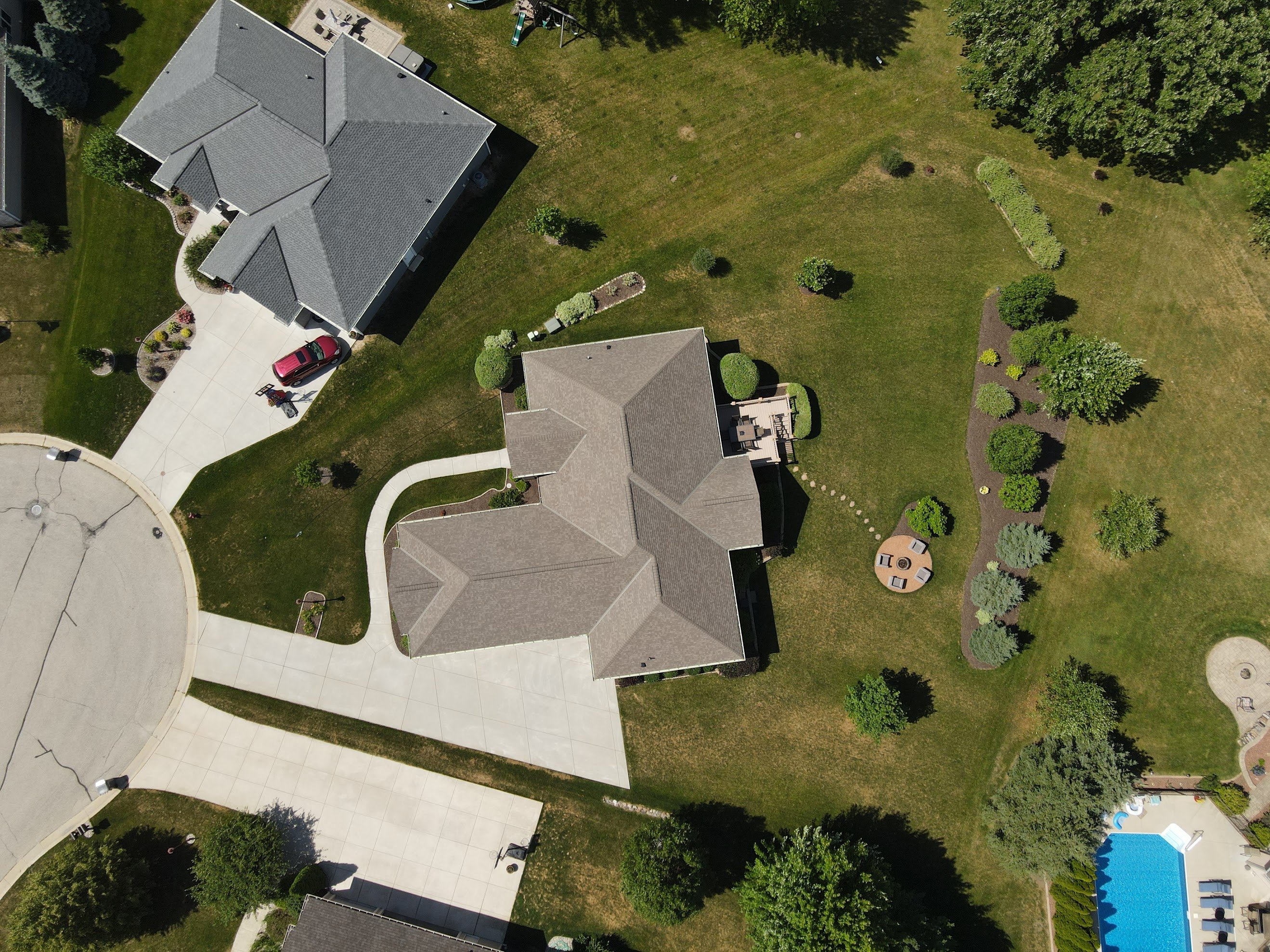Pricing Your Home: A Comparative Market Analysis (CMA)
Setting a home price is a key step in real estate. It involves determining property value. While value can seem subjective, pricing property is a science and a little bit of art. Real estate professionals use a Comparative Market Analysis (CMA).
A CMA helps estimate a property’s value by evaluating similar homes recently sold in the same area. It relies on the premise that your home’s worth connects to what a buyer would pay for a similar property. For sellers and buyers, the CMA matters; it supports setting an asking price or offer based on actual market activity.
How a CMA Helps Price Your Home
Preparing a CMA requires market knowledge. It involves:
- Understanding Your Home: We first examine your property, noting its strengths and potential needs, including size, age, features, and condition. Honesty about home condition is crucial; deferred maintenance often links to problems.
- Finding Similar Homes (Comps): We search for homes that recently sold in your area. We look for properties closely resembling yours in architectural style, size, features, age, and location. These are comparable properties, or comps. We seek sales from the last 3 to 6 months, ideally within 3 months. Location matters. The best comps are located in the same neighborhood as your property. If there aren’t enough recent sales within the immediate neighborhood, we look in areas considered similar based on factors like noise level or proximity to amenities. Comps should be located as closely together as possible, often within a half-mile or one-mile radius. We typically need at least three good comps. We also look at homes currently listed on the market or pending to see the competition, and expired listings to potentially show prices that were too high.
- Compare and Adjust: We inspect each comparable sold home, noting differences from yours. Factors include size, features, age, lot size, and condition. We review pictures and available condition reports for these comps to understand differences, especially condition. We then adjust their selling prices up or down based on the estimated value of those differences. This involves pricing out how much a difference in features or condition is estimated to be worth.
- Consider Market Trends: We assess current market conditions, such as inventory levels, changing interest rates, and Days on Market (DOM) for recent sales and active listings. Using recent sales data keeps estimates grounded, especially in a fast market where prices can change rapidly.
- Synthesize Findings: We review the adjusted prices from the comparable sold homes, weighting them based on how similar each is to yours. This detailed analysis of recent sold data provides an estimated value range for your home.
Setting the List Price
Based on the CMA analysis, we recommend a suitable list price. While looking at homes active on the market shows the competition, the CMA process centers on actual sold prices to estimate value.
The recommended list price will fall within the CMA estimated value range. However, determining the final list price ultimately depends on how your home is expected to compare to active listings in the specific week it goes on the market.
The list price depends on your chosen pricing strategy. For example, you might price conservatively to potentially encourage multiple offers or a bidding war, or you might price at the upper limit to test the market. Different strategies have trade-offs we will walk you through.
CMA vs. Official Appraisal: A Key Difference
A CMA uses market data but is not an official home appraisal. Real estate professionals conduct CMAs to estimate value for pricing/offers . Lenders typically hire certified appraisers to determine if the home is good collateral for the loan. CMA is an estimate; appraisal is a more formal valuation.
Why Online Estimates Fall Short
Online tools are a fine place to start, but typically give too broad of a potential value range. They cannot see, feel, or smell the property. CMAs aim for a tighter, more accurate range based on data AND in-person observation. We can identify condition issues like deteriorating caulk, a broken window seals, or some unique feature that isn’t in the standard data set.
Data cannot Measure Everything.
Data helps compare standard features. Some features or details are harder for data/algorithms to understand: unique customizations, specific location feel (view/road), condition, and lifestyle fit. Value ultimately boils down to an agreement between a Buyer(s) and Seller(s).
Key Take Away
A CMA from a local professional offers a more complete picture by merging market data with understanding your home and its place in the market. It is one of the tools we use to help our clients make informed decisions.


